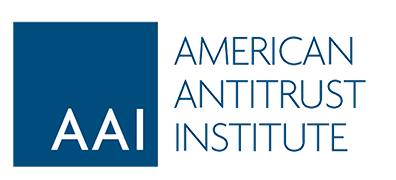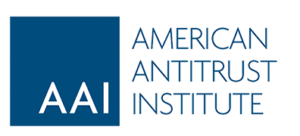A new wave of emerging companies developing foundation models has unleashed fierce competition in generative artificial intelligence. These emergents have significant innovation capabilities threatening incumbent tech companies. To protect themselves, incumbents have responded by partnering with leading product developers and subsuming smaller startups through quasi-mergers.
This working paper by AAI Research Fellow Alexandros Kazimirov explores whether certain quasi-mergers by large technology incumbents are “cooptive” acquisitions. As Mark Lemley and Matthew Wansley have described, cooption is a strategy whereby technology incumbents identify potentially disruptive technologies, gain influence over startups developing the technologies, and strategically influence the startups’ access to resources and regulatory controls affecting their ability to grow.
Using the Google-Character, Microsoft-Inflection and Amazon-Adept transactions as case studies, the working paper makes contextual comparisons of circumstantial evidence like exclusive licensing agreements, price premiums, market product proximity, and product discontinuation to assess the relative risk of harm to innovation caused by quasi-mergers. It finds that, even if there is high probability of harm, the structure of a quasi-merger can shield incumbents from government intervention because enforcement agencies cannot use injunctive relief to restrict employee mobility. It explores potential policy solutions involving startups, their founders, their employees, and the antitrust enforcement agencies to address threatened competitive harms without unduly limiting the exit options of startups.
Access the AAI Working Paper on Mergers & Cooptive Acquisitions.
AAI Working Papers are works in progress that may be revised and published elsewhere. The views expressed are solely the author’s and do not purport to reflect the views of the American Antitrust Institute.
*This paper has been accepted for publication by the Stanford University Codex Center’s Computational Antitrust Project.


